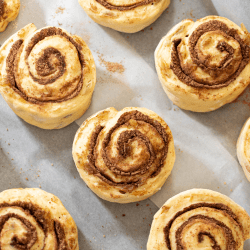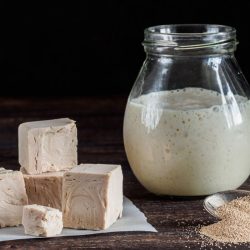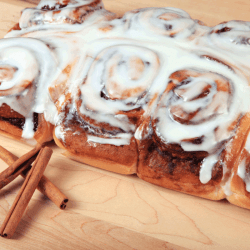Cinnamon rolls are an iconic blend of a Southeast Asian spice and classic European baking. They are a popular tea-time treat around much of the world today. Whether you plan to get some at a nearby bakery or dessert shop or bake up a batch in your kitchen, it is a good idea to get to know how long they last. If that is what you are wondering, we have researched the issue and found some answers.
In a refrigerator, baked cinnamon rolls will stay edible for a week. However, their shelf life reduces to three days at most if left out at room temperature. Unbaked cinnamon rolls may be wrapped in paper or plastic, frozen, and stored for as long as six weeks. Good storage should aim to preserve the moisture of the cinnamon rolls.
If you find yourself on a quest of a more practical essence into the world of bakery and pastries, the answer above may not be detailed enough for you. If that is the case, let us dive beneath the surface and find out more about cinnamon rolls and their storage.
![A tray of partially baked cinnamon rolls at a bakery, How Long Do Cinnamon Rolls Last? [Room Temperature, Fridge, and Freezer]](https://kitchenseer.com/wp-content/uploads/2021/06/How-Long-Do-Cinnamon-Rolls-Last-667x1000.png)
The Molding Process for Baked Goods
Before we get to storage methods, we will have to learn why cinnamon rolls might mold. When the rolls are out of the oven, it is too hot for micro-organisms and molds to survive. However, once the rolls cool down, it will contaminate the bread and start the decaying process.
Mold needs a certain amount of moisture and temperature to thrive. Room temperature up to 86 degrees Fahrenheit (30 degrees Celsius) is an ideal range for mold. A moist environment also aids in mold growth. So, if you leave cinnamon rolls out on a hot and humid day, they will have a shorter shelf life.
If you want to keep cinnamon rolls out on the shelf, you need to keep temperature and humidity in mind. Otherwise, it is better to store them in a fridge or freezer. They may lose some taste after being in the refrigerator or freezer, but there are some methods to prevent too much loss in flavor and texture.
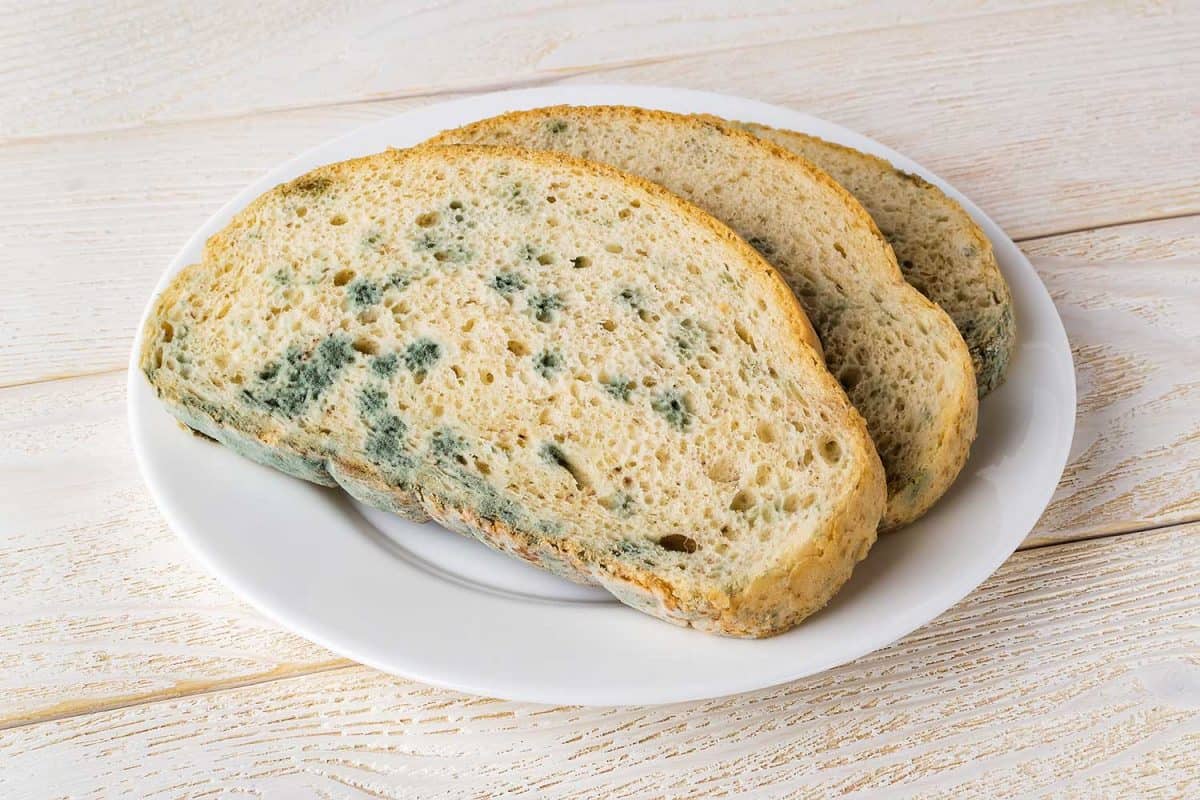
Storage Depends On The Conditions
The conditions of the area you are storing the cinnamon rolls will determine how long they last. If you leave the cinnamon rolls at room temperature, they will last for two up to three days. When you put them in a refrigerator, they can last up to a week.
However, if you want to store them for longer, there are some methods you can use to put them away correctly. You will need plastic wrap and more. The stage the rolls are in is another factor you need to keep in mind.
If they are past the initial proofing stage, you will need to consider what happens to the yeast. Storing the dough in the freezer or the fridge will give different results. Likewise, rolls that have been in the oven will have additional aspects to consider.
Finished rolls typically last two to three days, as mentioned above. In the fridge, they can last up to a week. Lastly, in the freezer, they will last up to four months. Of course, these timeframes apply to store-bought cinnamon rolls too.
Can You Freeze Cinnamon Rolls?
Freezing cinnamon rolls is a good way to ensure they last a long while. Before you freeze them, there will be some aspects that you will need to address. Once you find the appropriate methods to fix the issues, you can freeze the rolls and defrost them at any time you want.
Unbaked Cinnamon Rolls
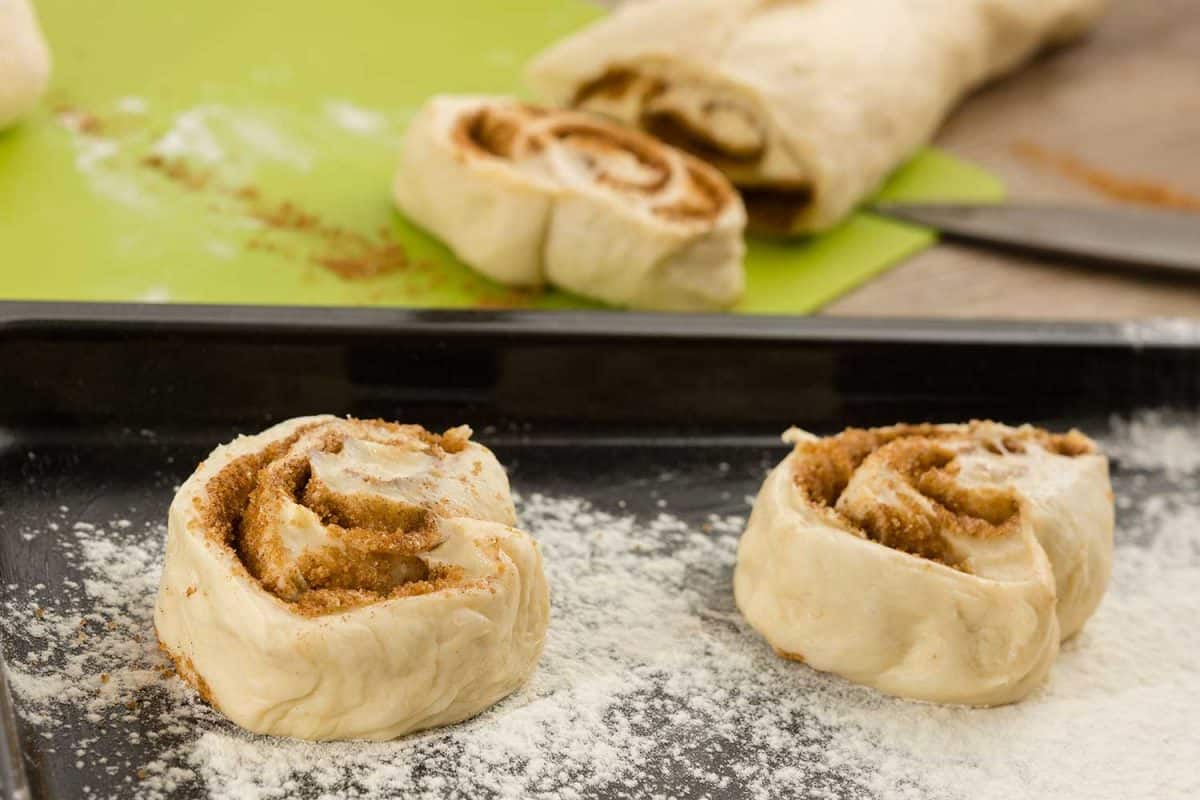
You can choose to freeze cinnamon rolls at any point in the process. You can freeze them without waiting for them to rise, baked and unfrosted, or once they are iced and baked to completion. However, there are some steps to consider when storing them in the freezer.
Click here to see this yeast on Amazon.
For unbaked rolls, the amount of yeast present in the recipe should be 50% more if you plan not to bake rolls right away. Yeast goes into hibernation when you place it in the freezer. Once you thaw the rolls, the yeast will awaken again. But, not all of it will survive.
Since some yeast will die off, you won't get a good rise. It is because of the die-off that you should add more yeast than the recipe needs. Yeast will be fine for about a week or two. Any longer than that time frame, yeast will start dying off. To store them, wrap each roll in plastic and freeze them.
Partially Baked Cinnamon Rolls
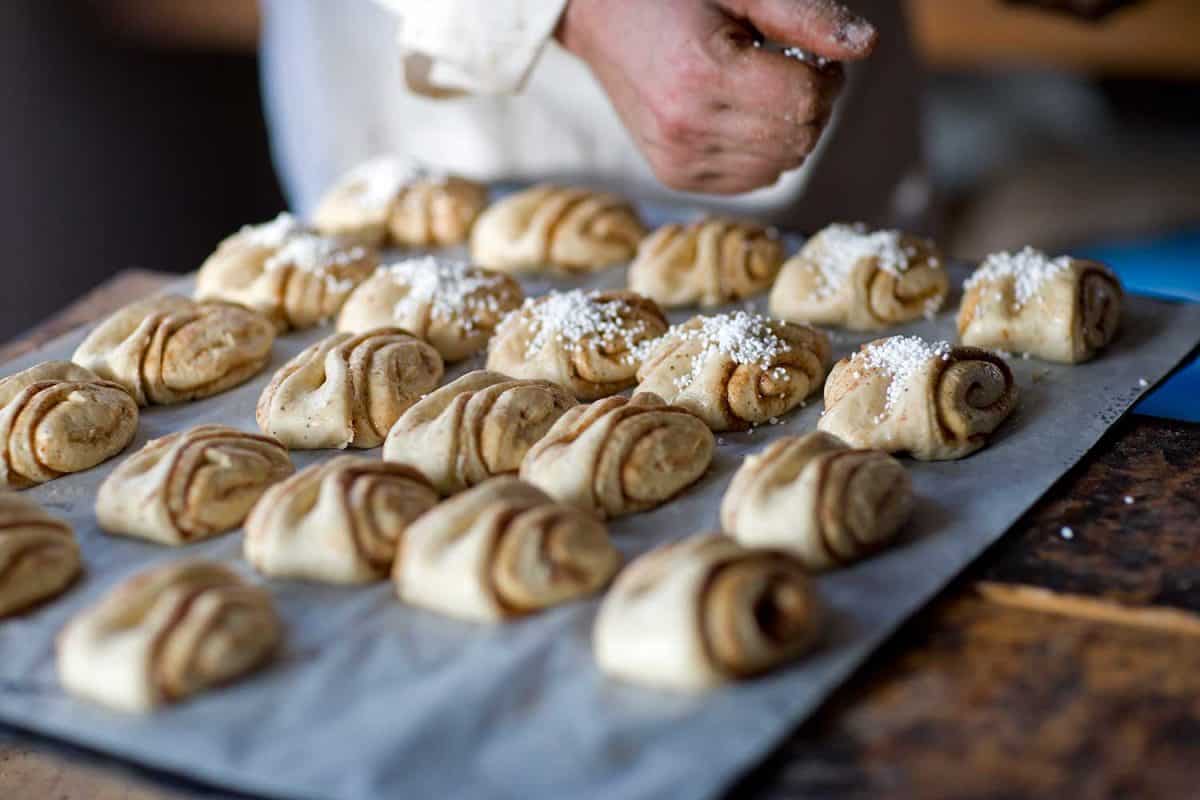
If you have already gone past the initial and second rising stage, this is one of the best methods to freeze cinnamon rolls. Once they have risen a second time in the oven, wait for the rolls to cool down. If you store them in the freezer while still hot, frost will develop on the rolls.
Click here to see this plastic wrap on Amazon.
Once they are cool, wrap the baking dish in two layers of plastic. They will last in the freezer for up to two weeks. If you store them for longer, they will most likely lose some of the flavors. Since this method requires your rolls to be past the rising stages, there should be no concern for yeast.
Finished Cinnamon Rolls
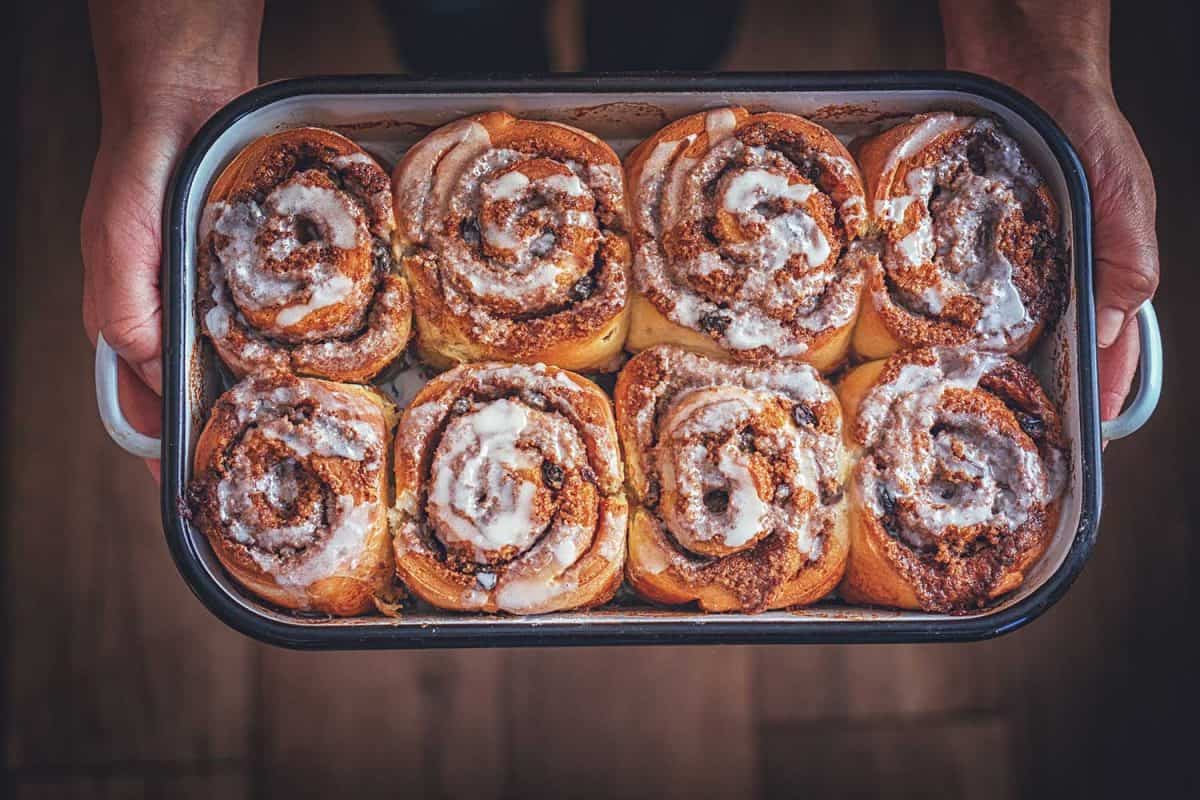
This method does not require much. After you have iced the rolls, wrap the baking dish with plastic and store them in the freezer. You can store them in the freezer for up to four months. If you want to move the rolls out of the dish and Rubbermaid containers are all you have, you should consider some factors. To find out more, click here.
Can You Refrigerate Cinnamon Rolls After First Rise?

It is all right to refrigerate cinnamon rolls after the first rise. However, temperature alters how yeast reacts. Yeast is temperature-sensitive. When it is too cold, it makes yeast work harder to rise.
Therefore, it will not stop rising altogether. You only prolong the process. Since you cannot stop it from continuously expanding, we recommend a minimum of two and a maximum of three days for storage. If you do not want the dough to alter too much, two days is preferable. Any longer, you risk over-proofing the dough, causing it to collapse.
To store the dough, place it in a glass bowl and cover. Make sure it is airtight.
How Do You Keep Cinnamon Rolls From Drying Out?
A common problem with storing pastries is drying out. Over time, the cinnamon rolls will lose their moisture and become tougher to chew. To prevent as much moisture loss as possible, you need to store them airtight. For individual rolls, a single layer of plastic wrap can suffice. However, if the cinnamon rolls are in a dish, you will need a double layer of plastic tightly wrapped around.
Click here to see these glass containers on Amazon.
You can also choose to move the rolls out of the baking dish into a glass container. There are benefits to using a glass container over others. To find out more, click here.
Can Expired Cinnamon Rolls Make You Sick?
Aside from observing the clear signs of rotting, expired cinnamon rolls will not make you sick. In general, we would recommend not consuming anything expired. You do not want to risk grave illnesses because of a desire to eat sweets.
Signs of expiration include loss of aroma and taste. The expired cinnamon will lose its smell along with the flavor. It will not cause any illnesses. However, the breading is the essential issue for rolls that you want to consume past their expiration date.
Some signs to look out for expired breading are:
- Mold
- Hardened texture
- Odd taste (if you took a small chunk to taste test)
- Bad odor
If you encounter these signs, it is best to throw out the batch of cinnamon rolls. Mold can contain mycotoxins. Mycotoxins are dangerous to inhale or ingest. If ingested, it can cause digestive problems. As mentioned, it is in your interest to throw out expired cinnamon rolls. Their bland taste and hard texture are not enough to risk sickness.
Final Takeaway
Cinnamon rolls are a dish best served out of the oven. However, we can not always finish our desserts. To preserve their taste, we have to find out ways to maintain their ideal conditions. We hope you found the article informative and insightful, until next time!




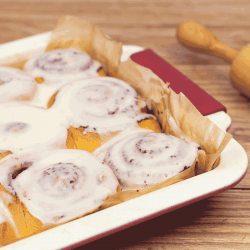
![Cinnamon Rolls in wax paper, Why Didn't My Cinnamon Rolls Rise [And How To Fix It]](https://kitchenseer.com/wp-content/uploads/2021/06/Cinnamon-Rolls-in-wax-paper-250x250.jpg)
